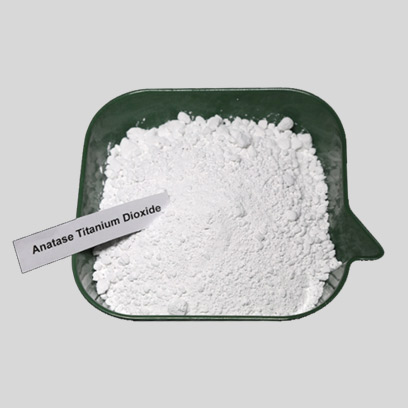
Aug . 01, 2024 09:06 Back to list
Exploring the Properties and Applications of Lithopone Pigment in Various Industries and Sectors
The Significance and Applications of Lithopone Pigment
Lithopone is a white pigment that is primarily a mixture of barium sulfate (BaSO4) and zinc sulfide (ZnS). It has gained prominence as a white pigment in a variety of applications, thanks to its unique properties and advantages over other white pigments, such as titanium dioxide. Composed primarily of 70% to 80% of barium sulfate and 20% to 30% of zinc sulfide, lithopone was first developed in the late 19th century and has since been a staple in the field of coatings, plastics, and even in paper production.
One of the key benefits of lithopone is its excellent opacity and hiding power, which makes it an ideal choice for industries that require quality white pigments. Lithopone exhibits superior performance in terms of brightness and durability, rendering it suitable for various architectural paints and coatings. In construction, it is frequently used for interior and exterior applications, providing a smooth, clean finish when applied.
The Significance and Applications of Lithopone Pigment
Lithopone also finds applications in the paper industry, where it is used to produce high-quality white paper. Its pigments improve the brightness of the paper while maintaining the strength and printability essential for high-end printing applications. As the demand for recycled and sustainable paper grows, lithopone’s properties make it a favorable choice for manufacturers looking to enhance their product without compromising on quality.
pigment lithopone

Another area where lithopone excels is in the rubber industry, where it is utilized as a filler and pigment. The incorporation of lithopone in rubber formulations improves the weather resistance and overall mechanical properties of rubber products. This is particularly beneficial for items exposed to UV radiation, such as tires and various sealing materials.
Despite its advantages, lithopone does have some limitations compared to titanium dioxide. It has lower refractive index and brightness, which restricts its use in applications where the highest levels of whiteness and opacity are required. However, ongoing innovations in pigment formulation and hybrid pigment technologies have opened new avenues for overcoming these limitations, allowing lithopone to maintain a significant presence in the market.
As industries increasingly prioritize sustainability, lithopone's non-toxic profile and efficient performance position it as a viable option in various applications. Moreover, the advancement of formulations that enhance its properties ensures that lithopone remains competitive with newer alternatives. As the demand for high-performance, eco-friendly materials continues to grow, the future of lithopone as a pigment looks promising.
In conclusion, lithopone is a versatile pigment with a wide range of applications across various industries, including paints, plastics, paper, and rubber. Its unique properties, such as low oil absorption, excellent opacity, and non-toxic nature, contribute to its enduring popularity. As innovations continue to develop and sustainability becomes an industry standard, lithopone will likely evolve, maintaining its relevance and significance in the world of pigments.
-
Premium 6618 Titanium Dioxide for GPT-4 Turbo Applications
NewsJul.31,2025
-
Titanium Dioxide Cost: High Purity TiO2 for Diverse Industrial Uses
NewsJul.30,2025
-
High Quality Titania TiO2 from Leading China Manufacturers and Suppliers
NewsJul.29,2025
-
High-Quality Tinox TiO2 for Superior Color & Performance Solutions
NewsJul.29,2025
-
High Quality Titania TiO2 from Leading China Supplier & Manufacturer
NewsJul.29,2025
-
High-Performance r6618 TiO2 for Superior Whitening and Versatility
NewsJul.28,2025
